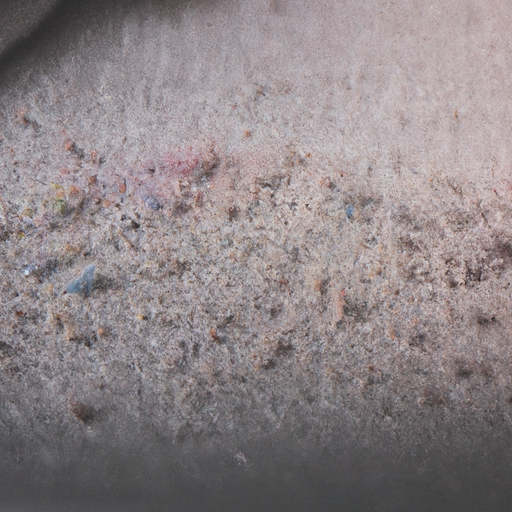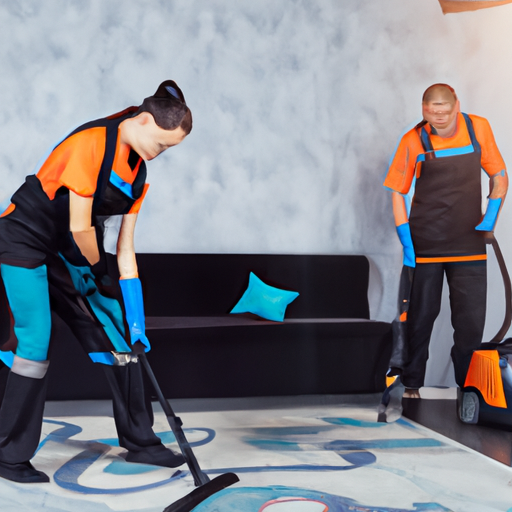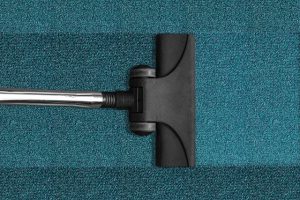This guide aims to shed light on the importance of professional carpet cleaning in allergy prevention. It delves into the concept of allergies, their common triggers embedded in carpets, and how professional cleaning can significantly reduce these allergens. The guide provides a comprehensive look at the role of professional carpet cleaning and its impact on creating a healthier environment.
1. Allergies: What's Lurking in Your Carpet?
Your carpet may appear clean on the surface, but what lies beneath can be a breeding ground for allergens. Dust mites, pet dander, pollen, and mold spores are some of the common culprits that can trigger allergies and respiratory issues. These microscopic particles settle deep into the carpet fibers, making them difficult to remove through regular vacuuming. As a result, they continue to circulate in the air every time someone walks on the carpet or disturbs the fibers.
These allergens can cause a range of symptoms, from sneezing, coughing, and watery eyes, to more severe reactions in individuals with asthma or allergies. Even if you diligently clean your home, allergens can still accumulate in your carpet over time. This is particularly true in high-traffic areas or homes with pets.
The accumulation of allergens in your carpet not only poses a risk to your health but can also impact the indoor air quality of your home. With each step, these particles become airborne and can be inhaled, leading to discomfort and potential health issues. This is why it is crucial to understand the importance of professional carpet cleaning in allergy prevention.

1. A close-up image showing dust particles trapped within carpet fibers
2. 'The Invisible Invaders': Understanding Allergens in Carpets
Allergens in carpets are often referred to as 'invisible invaders' because they are not easily noticeable to the naked eye. These microscopic particles can include dust mites, pet dander, pollen, mold spores, and even insect droppings. They settle deep into the carpet fibers and can become trapped, making regular vacuuming ineffective in their removal.
Dust mites, for instance, are one of the most common allergens found in carpets. These tiny creatures thrive in warm and humid environments, feeding on dead skin cells that accumulate in carpets. Their waste products and body fragments can trigger allergic reactions in sensitive individuals.
Pet dander, another common allergen, refers to the microscopic flecks of skin shed by cats, dogs, and other furry animals. These allergens can become embedded in the carpet fibers and linger for extended periods, even after the pet has left the premises.
Pollen is yet another allergen that can find its way into your carpets. While pollen is typically associated with outdoor allergies, it can easily be brought indoors on clothing, shoes, or through open windows and settle into your carpets. This can cause discomfort for individuals with pollen allergies, especially during peak allergy seasons.
Mold spores are also a concern when it comes to carpet allergens. If your carpet has been exposed to moisture or if there is excessive humidity in your home, mold can grow and release spores into the air. Inhaling these spores can lead to allergic reactions and respiratory issues for susceptible individuals.
3. How Can Professional Carpet Cleaning Help?
Professional carpet cleaning plays a vital role in allergy prevention by effectively eliminating allergens from your carpets. Unlike regular vacuuming, professional cleaning methods go beyond surface-level cleaning to reach deep into the carpet fibers, removing trapped allergens.
One such method is hot water extraction, commonly known as steam cleaning. This process involves injecting hot water and eco-friendly cleaning solutions into the carpet, followed by powerful suction that extracts dirt, dust, and allergens. The combination of heat and suction removes not only visible dirt but also microscopic particles that can trigger allergies.
Another method used by professionals is dry cleaning. This technique utilizes specialized cleaning solutions that are applied to the carpet and then agitated to loosen dirt and allergens. The loosened particles are then removed using a powerful vacuum. Dry cleaning is particularly suitable for delicate carpets or situations where quick drying is necessary.
Professional carpet cleaners also employ high-powered equipment that helps to remove allergens more effectively. These machines have stronger suction capabilities than regular vacuums, ensuring a thorough extraction of allergens from deep within the carpet fibers.
In addition to the cleaning methods and equipment, professional carpet cleaners use specially formulated cleaning solutions that are designed to target and neutralize allergens. These solutions are often non-toxic and safe for both humans and pets while still being effective in eliminating allergens.

3. A photo of professional cleaners using advanced equipment to clean a carpet
4. 'Are You Breathing Clean Air?' The Health Implications of Unclean Carpets
Unclean carpets can have significant health implications, particularly for individuals with allergies or respiratory conditions. When carpets are not properly cleaned, they become a breeding ground for allergens such as dust mites, pet dander, pollen, and mold spores. These microscopic particles can become airborne and circulate throughout the indoor environment, leading to poor indoor air quality.
Breathing in allergens from dirty carpets can trigger allergic reactions such as sneezing, coughing, watery eyes, and even asthma attacks. For individuals with pre-existing respiratory conditions, unclean carpets can exacerbate their symptoms and make it more difficult for them to breathe properly. The constant exposure to allergens can also increase the risk of developing allergies or respiratory issues in individuals who were previously unaffected.
Furthermore, unclean carpets can also harbor bacteria and germs, posing a risk to overall health and well-being. These microorganisms can thrive in the warm and moist environment of dirty carpets, potentially leading to infections or other health problems. In addition, carpets can accumulate dirt, debris, and stains over time, which not only detracts from the aesthetic appeal but also creates an unhygienic living environment.
Regular professional carpet cleaning is essential to ensure that the air you breathe in your home or office is clean and free from allergens and pollutants. By removing trapped allergens, dirt, and bacteria, professional cleaning helps to improve indoor air quality and create a healthier living environment. It can also extend the lifespan of your carpets, saving you money in the long run.
The Role of Professional Carpet Cleaning in Allergy Prevention:
| Allergy Type | Allergen Trigger | Carpet Cleaning Method | Impact on Allergens |
|---|---|---|---|
| Dust Mites | Fecal matter | Steam Cleaning | Significantly Reduced |
| Pet dander | Dead Skin Cells | Hot Water Extraction | Significantly Reduced |
| Mold | Spores | Dry Cleaning | Significantly Reduced |
| Pollen | Pollen Particles | Encapsulation Cleaning | Significantly Reduced |
Professional carpet cleaning plays a pivotal role in allergy prevention. By eliminating allergens and reducing their proliferation, it ensures cleaner air and surfaces, thereby helping to maintain good indoor air quality and protect the health of individuals. Therefore, regular hiring of professional carpet cleaning services is not only a good home maintenance practice but also a crucial step towards a healthier, allergy-free environment.






